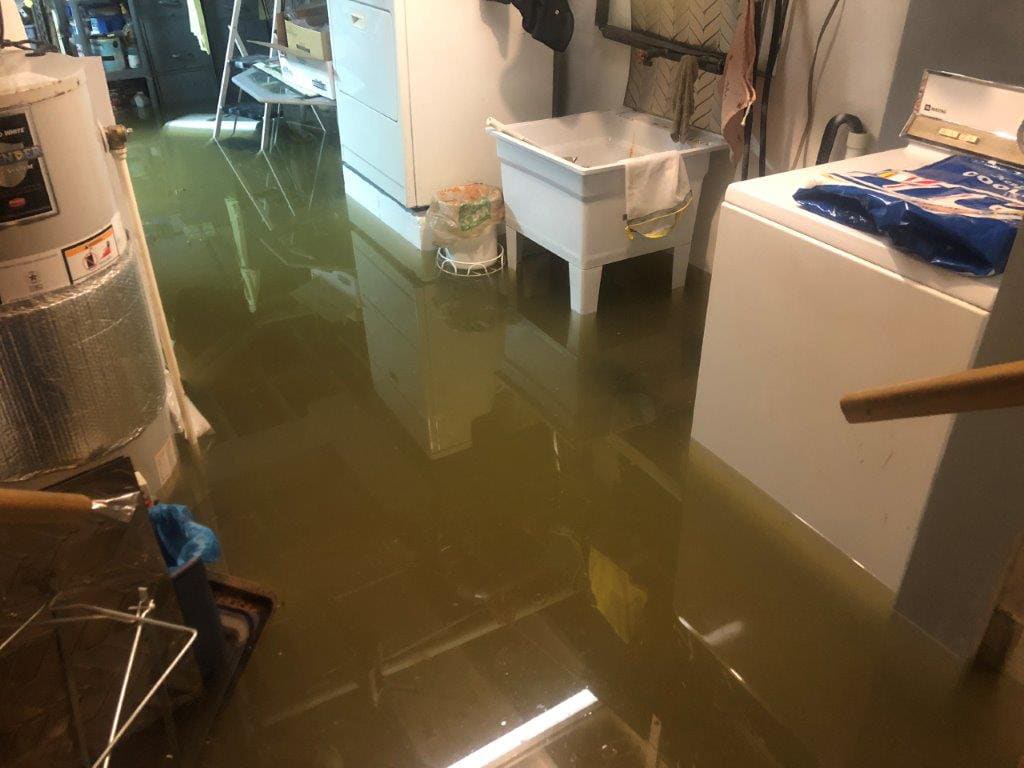Reliable Water Mitigation Methods You Required to Know
Water damage can be a expensive and disruptive concern for residential property owners, making it essential to be fluent in efficient water mitigation strategies. From early detection and assessment to effective water removal techniques and comprehensive drying out methods, there are important actions to take in mitigating water damage.

Early Detection and Evaluation
Early detection and inspection are critical actions in the process of water mitigation to recognize and attend to potential resources of water damages quickly. Identifying these concerns early on can stop further escalation of water damage, inevitably saving time and sources in the mitigation process.
Additionally, early discovery permits swift activity to be taken in drying impacted locations and carrying out required fixings to stop mold and mildew growth, architectural wear and tear, and various other long-lasting effects of water damages. Prompt intervention not just reduces the prompt effect of water breach however additionally helps in maintaining the integrity and safety and security of the residential property over time. Consequently, prioritizing very early discovery and evaluation as basic components of water mitigation approaches is important for reliable damages control and remediation initiatives.
Effective Water Extraction Techniques
Discovery and inspection are crucial actions in any water mitigation process, laying the foundation for effective water removal approaches to swiftly remove excess water from impacted areas. When the level of water damage is assessed, it is important to utilize reliable removal strategies without delay. Water extraction can be achieved through various methods, including using powerful pumps, wet vacuums, and dehumidifiers.
Professional water mitigation teams frequently utilize submersible pumps to rapidly remove large quantities of water from the premises. These pumps can removing water at a quick rate, decreasing the threat of more damages to the residential property. Damp vacuums are likewise typically used to target smaller locations or hard-to-reach areas where standing water continues.
Furthermore, dehumidifiers play a key role in the water removal procedure by decreasing moisture degrees airborne and speeding up the general drying time - flooded basement cleanup ballston spa ny. By incorporating these extraction methods purposefully, water reduction experts can efficiently remove water, reduce damage, and stop mold and mildew growth, ultimately recovering the afflicted area to its pre-loss problem
Thorough Drying Techniques
To make certain extensive water damages reduction, extensive drying out techniques are vital in removing residual moisture and stopping possible structural issues. After water extraction, the emphasis changes to drying out the affected areas totally.
In instances of water damages, permeable materials like drywall and carpeting can trap wetness, causing mold and mildew development and structural weakening if not effectively dried out. To resolve this, websites specialists might use specialized equipment such as wetness meters to determine wetness degrees within products, making sure detailed drying out. Additionally, the elimination of walls or drilling small openings in wall surfaces might promote drying out in wall surface dental caries where dampness can stick around unseen.
Mold And Mildew Avoidance and Removal
Adhering to the extensive drying out techniques in water reduction, the emphasis now moves in the direction of dealing with mold and mildew avoidance and remediation to secure versus potential health and wellness hazards and architectural damages - mold mitigation saratoga. Mold and mildew can rapidly establish in locations affected by water damage, presenting significant health dangers and endangering the honesty of the building.
It is vital to resolve mold and mildew problems promptly and effectively to protect against more damage and ensure the safety of owners. By carrying out these mold prevention and removal methods, the risks linked with water damage can be significantly decreased.
Structural Repair Service and Reconstruction

Remediation efforts often expand past structural fixings to consist of cosmetic improvements. Repainting walls, changing flooring, and addressing any kind of visible water discolorations prevail methods. It is very important to not just repair the architectural damage yet likewise to restore the aesthetics of the room. Additionally, resolving any type of lingering wetness issues and making sure proper air flow can help protect against future structural damages and mold growth. By promptly and successfully addressing structural concerns post-water damage, property owners can guard their buildings and recover them to their pre-damage problem.
Final Thought
Finally, effective water mitigation methods such as very early discovery, reliable water click to read extraction, extensive drying out, mold and mildew avoidance, and architectural repair are essential in lessening damages and recovering influenced locations (water removal ballston spa ny). By following these steps diligently, homeowner can alleviate the effect of water damages and stop additional problems such as mold growth. It is essential to act quickly and utilize these methods to guarantee a successful water mitigation procedure
Water damages can be a costly and disruptive issue for property proprietors, making it critical to be fluent in efficient water mitigation strategies. From very early detection and evaluation to efficient water extraction approaches and complete drying techniques, there are important steps to take in mitigating water damages.Early detection and examination are vital steps in the process of water reduction to determine and address possible resources of water damage without delay.Detection and inspection are essential steps in any water reduction process, laying the structure for effective water removal techniques to swiftly get rid of excess water from affected locations.In final thought, reliable water mitigation techniques such as early discovery, effective water removal, complete drying, mold and mildew prevention, and structural repair are vital in minimizing damages and restoring impacted locations.
Comments on “Professional Mold Mitigation Saratoga: Comprehensive Solutions for Mold Removal”